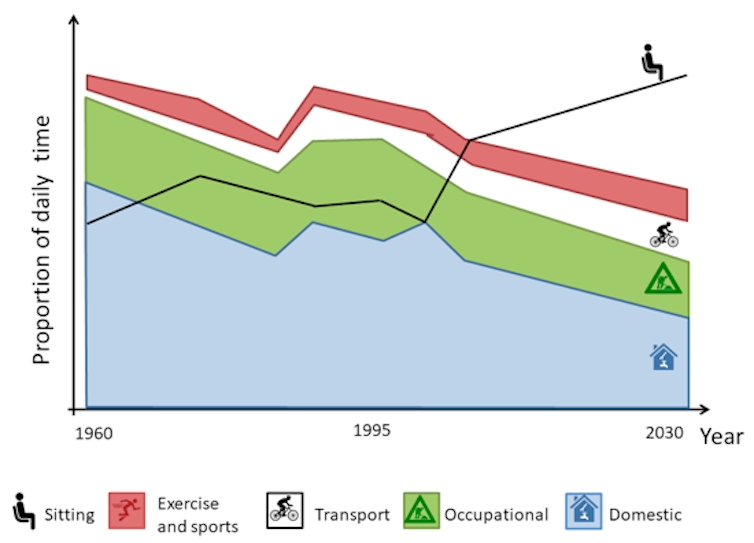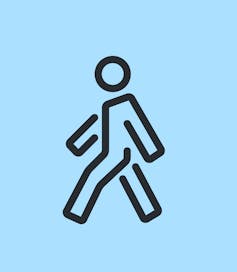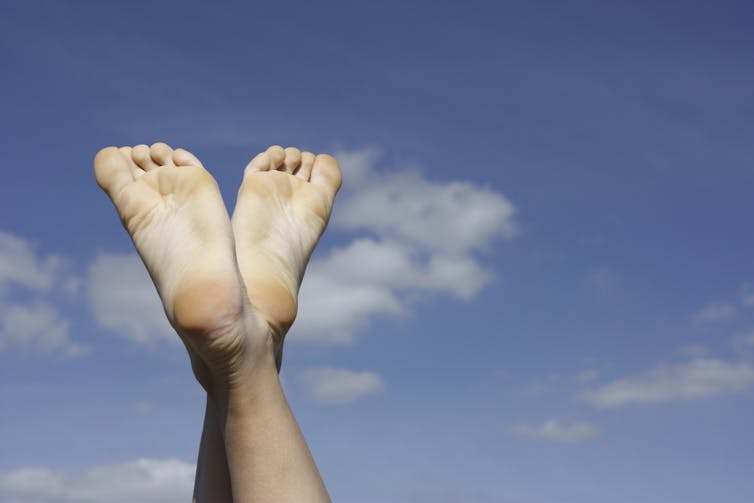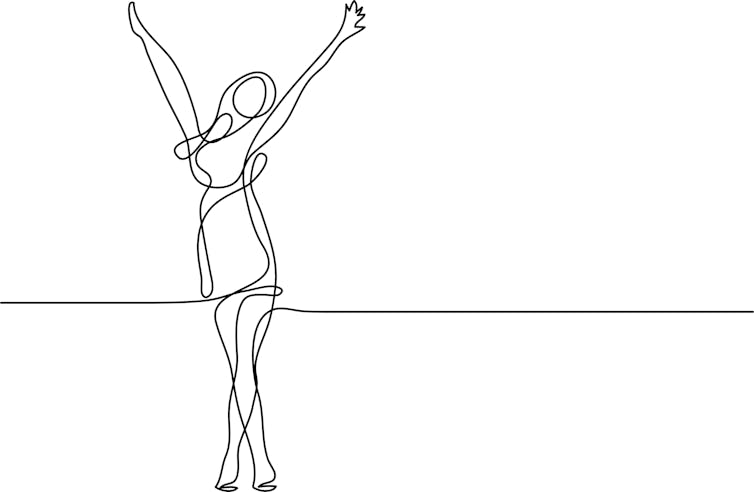Sebastien Chastin, Glasgow Caledonian University; Emmanuel Stamatakis, University of Sydney; Mark Hamer, Loughborough University, and Philippa Dall, Glasgow Caledonian University
Pretty much everyone knows that taking exercise helps people stay in good health. It staves off chronic ailments like type 2 diabetes and heart disease and – maybe – helps us live longer.
Until recently, however, the prevailing view among both policy people and researchers was that you only got benefits from moderate to vigorous exercise – the kind that gets you at least slightly out of breath, such as brisk walking, doing sport or going to the gym. Health authorities and the media focused their public health messages accordingly.
But while many people are still not doing as much strenuous exercise as they should, another creeping trend has been taking place. The modern way of living has almost removed the need to move: from Netflix to searching for air tickets to holding virtual meetings, so much of what we do now is at the touch of a button.
There has been a dramatic drop in how much we move around our houses and workplaces. Much of the time we used to spend on the move is now spent sitting, as this chart shows:

Adapted from Ng et al (2012). Time use and physical activity: a shift away from movement across the globe.
While we have very good evidence about how vigorous exercise affects our health, little is known about this disappearing background of daily light activity. This is what we wanted to find out in the study we have just published in the British Journal of Sports Medicine. The results may make a big difference to how we view exercise in future.
What we found
We wanted to understand how daily light physical activity affects people’s metabolic health and their risk of premature death. We carried out a meta-analysis, searching through all the research published to date and averaging out the combined results.
We looked at both laboratory studies of groups of around ten to 40 participants, which show what happens immediately to our bodies when we interrupt long periods of sitting; and long-term studies of thousands of people, which provide insight into the effects of light exercise over several years.
We found that doing twice as much light activity cuts your risk of premature death by almost 30%. This was even after accounting for levels of moderate to vigorous activity and other factors such as smoking.
This means that if you increase the amount you move around each day from one hour to two hours, for example, you cut your risk by 30%. But if you currently do three hours and you raise it to six hours, you cut your risk by the same amount. It’s a law of diminishing returns: if you do little to start with, you get a big benefit because your initial risk is so high.
We also found that moving around positively affects the way the human body regulates blood sugar and insulin in the short term. This matters because our bodies only function adequately when blood sugar levels remain constant. If the blood sugar or insulin become too high, it can lead to serious health complications.

Walk of life.
Umamuna
When a person interrupts sitting with a few minutes of light activity such as slow walking, we found it reduced blood sugar and insulin levels by about 20% to 25% on average. People with type 2 diabetes enjoy even greater benefits, suggesting this might be a good way for them to control their blood sugar.
It is worth noting some limitations to our study. This is a relatively new research area, so we were aggregating only a modest amount of evidence.
The longer term studies that we incorporated mostly relied on people reporting how much light activity they were doing. People often find it difficult to accurately recollect the time they spend being active.
There is also the possibility that people who are more ill in the first place do less activity: in other words, they’re moving less because they are ill, and the illness rather than the lack of exercise might be the reason they died prematurely. If so, it would be skewing our numbers.
This possibility means we cannot definitively say that light physical activity reduces the risk of premature death. The short-term lab studies do suggest our conclusion is right, but we don’t know if these effects are longlasting. This crucial part of the puzzle still needs resolved.
What now
There is still no doubt that moderate to vigorous activity is more potent: you would perhaps need to do about four minutes of light activity to get the same benefit as one minute of more strenuous activity.
But our study, which is the first meta-analysis in this area, is great news for people who find it hard to add exercise into their weekly routine, as it gives them more options.
We can start thinking about how to help very inactive and sedentary people incorporate more light activity into their daily routine as a stepping stone towards a more active lifestyle. It also raises possibilities for people who are physically unable to do strenuous exercise.

Any which way.
C Jones
The next question is how much light exercise we should ideally do. Our study could not answer this because there are not enough research findings yet. The precise amount is likely to depend on how we spend the rest of our day – including how much exercise we take, and how much we sit and sleep.
Sebastien Chastin, Reader, Behaviour Dynamics, Glasgow Caledonian University; Emmanuel Stamatakis, Professor of Physical Activity, Lifestyle, and Population Health, University of Sydney; Mark Hamer, Chair in Exercise as Medicine, Loughborough University, and Philippa Dall, Senior Research Fellow, Glasgow Caledonian University
This article was originally published on The Conversation. Read the original article.

Комментариев нет:
Отправить комментарий